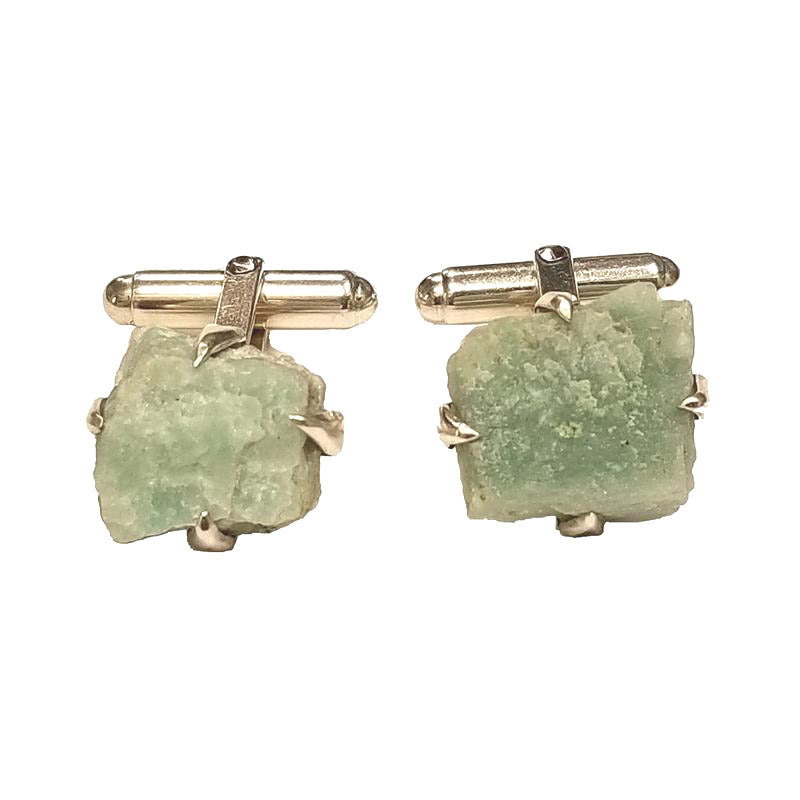
Sieve analysis is an essential technique used in the construction industry to determine the particle size distribution of coarse aggregate materials. This process involves calculating the percentage of material that passes through each sieve size and producing a gradation curve, which helps to determine the suitability of the aggregate for various applications.
However, obtaining accurate and reliable results from sieve analysis is dependent on the sample preparation process. The art of sample prepping for coarse aggregate sieve analysis is critical to achieving precise and reproducible results. In this blog post, we will highlight some tips and equipment must-haves for best practices in sample preparation.
Tip #1: Use a Representative Sample
The first step in sample preparation for sieve analysis is to obtain a representative sample of the coarse aggregate material. This involves collecting a sufficient quantity of the material from different parts of the stockpile to ensure that the sample is representative of the entire lot.
It is essential to take measures to prevent segregation and contamination during the sampling process. For instance, the sample should be collected by scooping or quartering the material in a way that prevents excessive loss of fines or over-representation of coarse materials.
Tip #2: Wash the Aggregate
Before sieving, it is crucial to wash the coarse aggregate material thoroughly to remove any unwanted debris and dust particles that can lead to false readings. The washing process is particularly essential for materials with high fine contents that tend to cling to the larger aggregates.
The washing process can be done manually or using a machine. However, the equipment used for washing should not damage or alter the physical properties of the material. The process should also be standardized to ensure consistency across different samples.
Tip #3: Dry the Sample
After washing the aggregate, the sample should be dried to remove any residual moisture that could impact readings during the sieving process. The drying process should be done slowly, using an appropriate device that provides uniform temperature distribution.
It is essential to weigh the sample before and after drying to ensure that the drying process is complete. If necessary, the sample can be re-dried to obtain a constant weight. Inconsistency in the drying process can lead to variations in the results.
Equipment Must-haves
To achieve accurate and reliable results in coarse aggregate sieve analysis, it is recommended to use the following equipment:
Sieves - Sieves are essential components of the sieve analysis process. The sieves come in standard sizes and are made of woven wire mesh or perforated plate. Sieves with different mesh sizes are stacked one on top of the other, and the sample is sieved through the stack.
Vibrating Machine - A vibrating machine is used to sieve the sample through the sieves. The machine helps to ensure consistent and efficient sieving of the material.

Weighing Scale - A precise weighing scale is used to measure the weight of the sample before and after sieving. The scale should have a capacity that can accommodate the entire sample size.
Conclusion
Achieving accurate and reliable results in coarse aggregate sieve analysis depends on the sample preparation process. This art of sample prepping involves obtaining a representative sample, washing, drying, and using the right equipment. By following the tips and equipment recommendations highlighted in this post, you can ensure that your sieve analysis results are precise and reproducible.
Trenfull is a leading enterprise in powder screening equipment, vacuum conveyor equipment, mixing equipment, and automation overall solutions. Their reliable quality products and advanced technology have established a significant reputation in both the domestic and international markets. As you prepare for your coarse aggregate sieve analysis, consider investing in Trenfull's cutting-edge equipment to achieve optimal results.